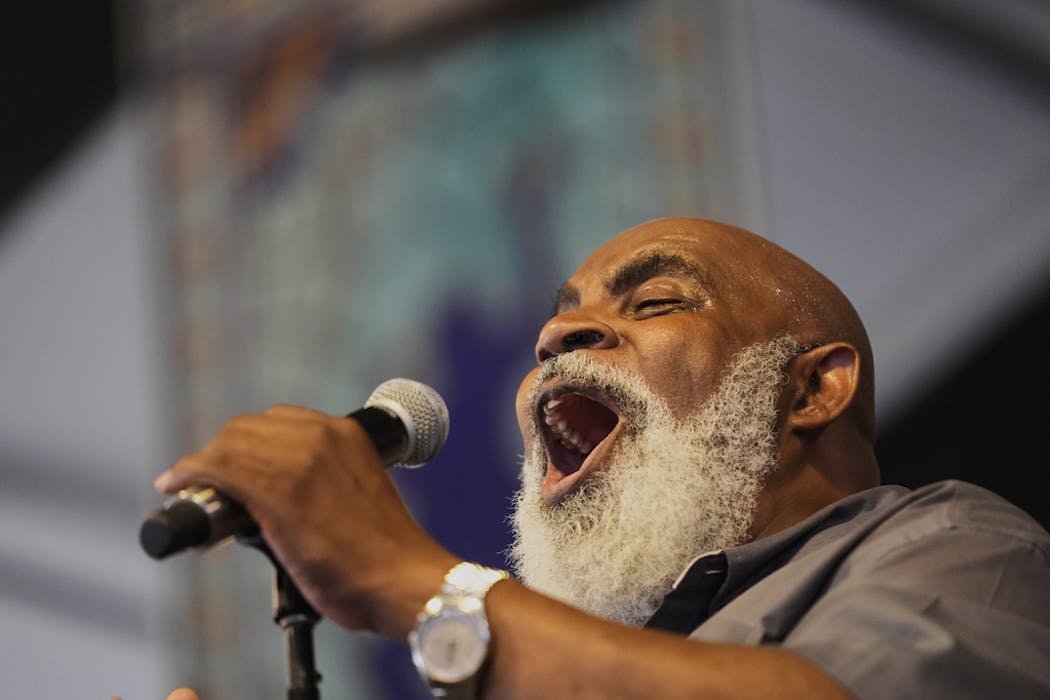Post-Traumatic Stress Disorder (PTSD) is a mental health condition that can develop after a person has been exposed to a traumatic event. This can include experiences such as combat, natural disasters, physical or sexual assault, or other life-threatening events. PTSD can have a profound impact on the body, as well as the mind. Symptoms of PTSD can include flashbacks, nightmares, severe anxiety, and uncontrollable thoughts about the event. These symptoms can lead to physical manifestations such as increased heart rate, sweating, and muscle tension. The body’s stress response system can become overactive, leading to chronic pain, digestive issues, and other physical health problems. The impact of PTSD on the body can be debilitating, affecting a person’s ability to function in their daily life.
In addition to the physical symptoms, PTSD can also have a significant impact on a person’s emotional and psychological well-being. Many individuals with PTSD experience feelings of numbness, depression, and a sense of disconnection from themselves and others. This can lead to difficulties in forming and maintaining relationships, as well as a decreased quality of life. It is important for individuals with PTSD to seek treatment to address both the physical and emotional impact of the disorder. One treatment modality that has shown promise in addressing the holistic impact of PTSD is dance therapy.
The Role of Dance Therapy in PTSD Treatment
Dance therapy is a form of expressive therapy that uses movement and dance to support emotional, cognitive, physical, and social integration. It is based on the premise that the body and mind are interconnected, and that movement can be used as a tool for healing. In the context of PTSD treatment, dance therapy can provide a safe and supportive environment for individuals to explore and express their emotions, process trauma, and develop coping skills. Dance therapy can be particularly effective for individuals with PTSD because it engages the body in a way that traditional talk therapy does not. This can be especially beneficial for individuals who have difficulty verbalizing their emotions or who have experienced trauma that is stored in the body.
Dance therapy can also help individuals with PTSD to regain a sense of control over their bodies and their lives. Many individuals with PTSD experience a sense of disconnection from their bodies, as well as feelings of powerlessness and helplessness. Through dance therapy, individuals can learn to reconnect with their bodies, develop a sense of agency, and build self-esteem. This can be empowering for individuals who have experienced trauma, as it allows them to reclaim ownership over their bodies and their experiences. Additionally, dance therapy can provide individuals with a sense of community and connection, which can be particularly important for those who have experienced isolation as a result of their trauma.
How Movement and Dance Can Help Process Trauma
Movement and dance can be powerful tools for processing trauma and releasing pent-up emotions. Trauma is often stored in the body, leading to physical tension, hypervigilance, and a sense of being stuck in fight-or-flight mode. Through movement and dance, individuals with PTSD can begin to release this stored trauma and work through their emotional pain. Movement allows individuals to express emotions that may be difficult to put into words, providing an outlet for feelings of anger, sadness, fear, and grief. This can be particularly important for individuals with PTSD who may struggle to verbalize their emotions or who may have difficulty accessing their feelings due to dissociation.
Dance therapy also provides individuals with the opportunity to practice grounding techniques and self-regulation skills. Many individuals with PTSD experience feelings of disconnection from their bodies and the present moment. Through movement and dance, individuals can learn to become more aware of their bodies and their surroundings, developing a greater sense of mindfulness and presence. This can help individuals to feel more grounded and centered, reducing feelings of anxiety and hypervigilance. Additionally, dance therapy can help individuals to regulate their emotions by providing a safe space to explore and express their feelings. This can be particularly important for individuals with PTSD who may struggle with emotional dysregulation as a result of their trauma.
The Benefits of Dance Therapy for PTSD
Dance therapy offers a wide range of benefits for individuals with PTSD. One of the primary benefits of dance therapy is its ability to provide a safe and supportive environment for individuals to explore and express their emotions. Many individuals with PTSD struggle to verbalize their feelings or may have difficulty accessing their emotions due to dissociation. Through movement and dance, individuals can begin to access and express their emotions in a non-verbal way, providing an outlet for feelings of anger, sadness, fear, and grief. This can be particularly important for individuals who have experienced trauma that is stored in the body.
In addition to providing an outlet for emotional expression, dance therapy can also help individuals with PTSD to develop coping skills and self-regulation techniques. Many individuals with PTSD experience feelings of hypervigilance, anxiety, and emotional dysregulation. Through dance therapy, individuals can learn to become more aware of their bodies and their surroundings, developing a greater sense of mindfulness and presence. This can help individuals to feel more grounded and centered, reducing feelings of anxiety and hyperarousal. Additionally, dance therapy can provide individuals with the opportunity to practice self-soothing techniques and relaxation exercises, helping them to manage their symptoms more effectively.
Incorporating Mindfulness and Body Awareness in Dance Therapy
Mindfulness and body awareness are key components of dance therapy for PTSD treatment. Many individuals with PTSD experience feelings of disconnection from their bodies and the present moment. Through movement and dance, individuals can learn to become more aware of their bodies and their surroundings, developing a greater sense of mindfulness and presence. This can help individuals to feel more grounded and centered, reducing feelings of anxiety and hypervigilance. Additionally, dance therapy provides individuals with the opportunity to practice grounding techniques and self-regulation skills.
Incorporating mindfulness into dance therapy can also help individuals with PTSD to develop greater self-awareness and emotional regulation skills. Many individuals with PTSD struggle with emotional dysregulation as a result of their trauma. Through mindfulness practices such as deep breathing exercises, body scans, and guided imagery, individuals can learn to regulate their emotions more effectively. This can be particularly important for individuals with PTSD who may experience intense emotions such as anger or fear as a result of their trauma. By developing greater self-awareness and emotional regulation skills through dance therapy, individuals can learn to manage their symptoms more effectively.
Case Studies: Success Stories of PTSD Healing Through Dance Therapy
There are numerous success stories of individuals with PTSD finding healing through dance therapy. One such case is that of Sarah, a military veteran who experienced severe PTSD symptoms following her deployment overseas. Sarah struggled with intense anxiety, nightmares, and hypervigilance as a result of her trauma. Through dance therapy, Sarah was able to access her emotions in a non-verbal way, allowing her to release pent-up feelings of anger and fear. She also learned grounding techniques and self-regulation skills that helped her to manage her symptoms more effectively. Over time, Sarah found that she was able to regain a sense of control over her body and her life, leading to a significant reduction in her PTSD symptoms.
Another success story is that of James, who experienced childhood trauma that led to severe dissociation and emotional numbness. Through dance therapy, James was able to reconnect with his body and access his emotions in a safe and supportive environment. He learned mindfulness practices that helped him to become more present in his body and reduce feelings of disconnection. As a result of his work in dance therapy, James was able to develop greater self-awareness and emotional regulation skills, leading to a significant improvement in his overall well-being.
Finding a Dance Therapist and Getting Started on the Healing Journey
If you or someone you know is struggling with PTSD, it may be beneficial to consider dance therapy as part of your treatment plan. When seeking a dance therapist, it is important to look for someone who is trained in both dance/movement therapy and trauma-informed care. A qualified dance therapist will have experience working with individuals who have experienced trauma and will be able to provide a safe and supportive environment for healing.
To get started on your healing journey with dance therapy, it may be helpful to reach out to local mental health organizations or treatment centers to inquire about dance therapy services in your area. You can also ask your current mental health provider for recommendations or referrals to qualified dance therapists. Once you have found a dance therapist that you feel comfortable working with, it is important to communicate your goals for treatment and any specific needs or concerns you may have related to your PTSD symptoms.
In conclusion, dance therapy offers a unique approach to healing for individuals with PTSD by addressing the holistic impact of trauma on the body and mind. Through movement and dance, individuals can access their emotions in a non-verbal way, develop coping skills and self-regulation techniques, and cultivate greater mindfulness and body awareness. The benefits of dance therapy for PTSD are numerous, including providing an outlet for emotional expression, helping individuals regain control over their bodies and lives, developing greater self-awareness and emotional regulation skills, reducing feelings of anxiety and hypervigilance, and fostering a sense of community and connection.
If you are considering dance therapy as part of your treatment plan for PTSD, it is important to find a qualified dance therapist who is trained in trauma-informed care. By taking the first step towards seeking out dance therapy services in your area, you can begin your healing journey towards greater well-being and recovery from PTSD.
Find out how Torongo Therapyplus can help you with your needs. Get in touch with us at smile@torongo.life, or call us on 02 8809 9965.































